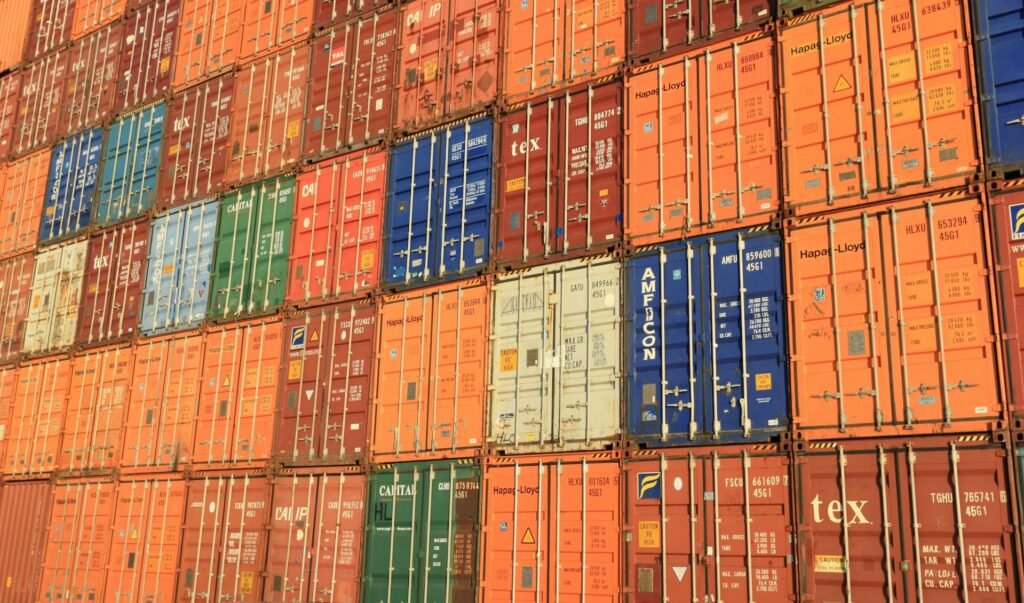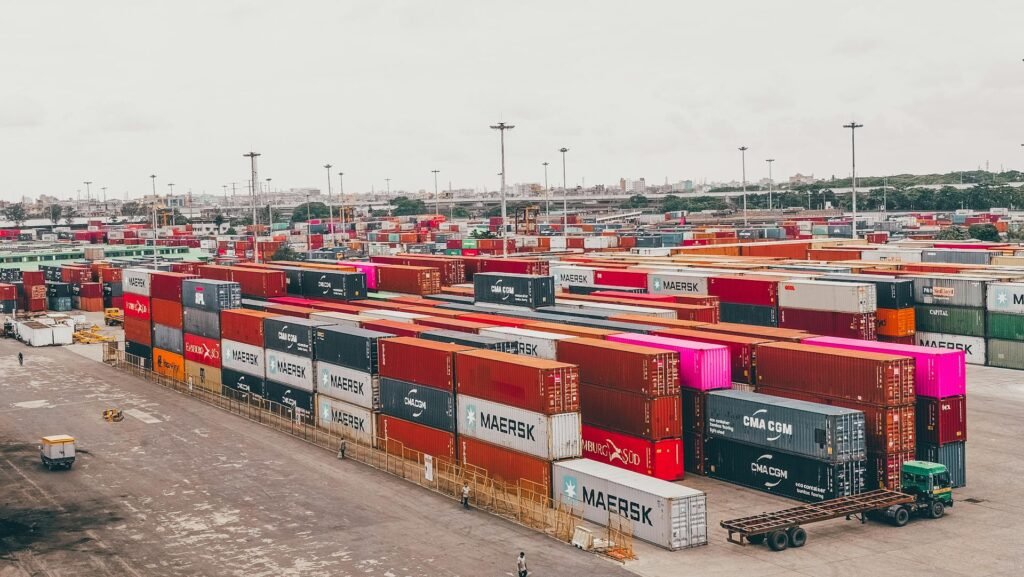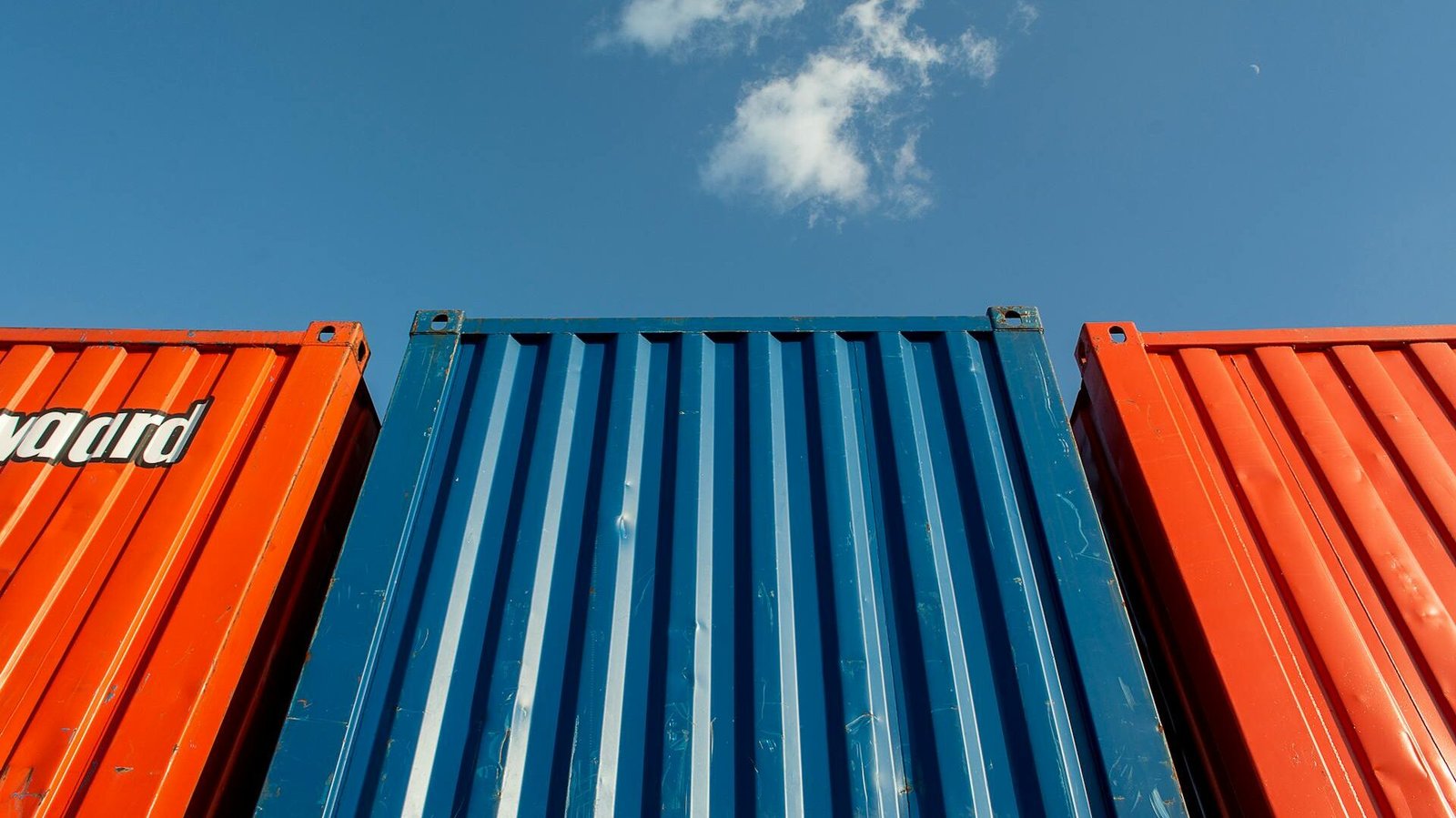
Introduction: Why Are Shipping Container Dimensions So Important?
Shipping containers are, without a doubt, the cornerstone of modern global trade. In this era of globalization, an enormous volume of goods is transported around the world daily in shipping containers. Standardized shipping container dimensions are the linchpin for achieving efficient, safe, and cost – effective transportation.
Container dimensions have a profound impact on every aspect of trade transportation. Firstly, they are directly related to loading efficiency. Appropriate dimensions allow goods to be arranged closely, making full use of the container space and reducing waste. Transportation costs are also closely tied to dimensions. The right dimension selection can avoid additional costs caused by inefficient space utilization. Moreover, dimensions are crucial for stacking stability. Standardized dimensions ensure that containers stack more stably, reducing safety risks during transportation. Additionally, in multimodal transportation, standardized dimensions enable seamless integration of different transportation modes, such as ocean shipping, land transportation, and rail transportation.
The aim of this article is to comprehensively analyze the dimensions of various types of containers, helping readers gain an in – depth understanding of this key element in international trade.
The Foundation for Understanding Shipping Container Dimensions: ISO Standards
The International Organization for Standardization (ISO) plays a vital role in global trade. It is the setter of the norms for shipping container dimensions. The core of the ISO standards is to ensure the uniformity of the external dimensions (length x width x height) of containers, thereby achieving global compatibility. This means that containers that meet ISO standards can be smoothly transported, loaded, unloaded, and stacked anywhere in the world.
When discussing container dimensions, several key parameters need to be clarified. The external dimensions determine the overall space occupied by the container during transportation and stacking. The internal dimensions, on the other hand, directly relate to the loading space for goods, representing the actual space available for accommodating cargo. The door frame dimensions affect the convenience of goods entering and exiting the container. The volume, measured in cubic feet/CBM, intuitively indicates the cargo – carrying capacity of the container. In addition, the commonly used measurement units are feet/inches and meters/centimeters, which need to be converted according to different scenarios and regional customs in practical applications.

Mainstream Standard Dry Containers: A Detailed Explanation of Shipping Container Dimensions (Dry Van)
Dry containers are the most common type of containers. Let’s take a detailed look at their shipping container dimensions.
20 – foot Standard Container (20′ Dry Container)
- External Dimensions: Length 20′ (6.058m), width 8′ (2.438m), height 8’6″ (2.591m). This standard size makes the 20 – foot standard container widely used around the globe, whether on large cargo ships, in railway or road transportation.
- Internal Dimensions (Approximate): Length 19’4″ (5.898m), width 7’8″ (2.352m), height 7’10” (2.393m). The internal dimensions are the actual available space for loading goods. Due to the space occupied by the container’s own structure, the internal dimensions are slightly smaller than the external dimensions.
- Door Frame Dimensions (Approximate): Width 7’8″ (2.342m), height 7’6″ (2.280m). When goods enter and exit the container, they need to pass through the door frame, so the door frame dimensions limit the maximum size of the goods.
- Volume (Approximate): Approximately 1,170 cu ft / 33.1 CBM. Such a volume makes it suitable for transporting small – sized goods and is a common choice for less – than – container – load (LCL) shipments. Many products or samples of small – sized enterprises are usually transported in 20 – foot standard containers.
40 – foot Standard Container (40′ Dry Container)
- External Dimensions: Length 40′ (12.192m), width 8′ (2.438m), height 8’6″ (2.591m). Compared to the 20 – foot standard container, the 40 – foot standard container has doubled in length, enabling it to carry more goods.
- Internal Dimensions (Approximate): Length 39’6″ (12.032m), width 7’8″ (2.352m), height 7’10” (2.393m). The larger internal dimensions provide ample space for bulk goods.
- Door Frame Dimensions (Approximate): Width 7’8″ (2.342m), height 7’6″ (2.280m), similar to the door frame dimensions of the 20 – foot standard container.
- Volume (Approximate): Approximately 2,390 cu ft / 67.7 CBM. This type of container is often used for full – container – load (FCL) transportation, such as the bulk product transportation of large enterprises.
40 – foot High Cube Container (40′ High Cube Container – 40′ HC/HQ)
The high cube container is an important variation of shipping container dimensions. Its main difference from the standard 40 – foot container lies in its height.
- External Dimensions: Length 40′ (12.192m), width 8′ (2.438m), height 9’6″ (2.896m). The additional height provides more space for goods.
- Internal Dimensions (Approximate): Length 39’6″ (12.032m), width 7’8″ (2.352m), height 8’10” (2.698m). The larger internal height allows it to carry taller goods.
- Door Frame Dimensions (Approximate): Width 7’8″ (2.342m), height 8’5″ (2.585m), which is higher than that of the standard 40 – foot container, facilitating the entry and exit of tall goods.
- Volume (Approximate): Approximately 2,690 cu ft / 76.2 CBM, about 12% more volume than the standard 40 – foot container. This makes the 40 – foot high cube container very suitable for lightweight and bulky goods (large in volume but light in weight), as well as those that require extra space, such as furniture and textiles.
Shipping Container Dimensions of Other Common Container Types
45 – foot High Cube Container
- External Dimensions: Length 45′ (13.716m), width 8′ (2.438m), height 9’6″ (2.896m). This type of container is mainly used on specific routes (such as to North America). It offers greater length and volume, approximately 3,040 cu ft / 86.1 CBM. For some goods with high space requirements, the 45 – foot high cube container can better meet the transportation needs.
Reefer Container
- External Dimensions: Usually the same as dry containers of the same length (20’/40’/40’HC). However, reefer containers have an insulated inner wall and refrigeration equipment, which makes their internal dimensions and volume significantly smaller than those of dry containers with the same external dimensions. Due to differences in the internal structure of different reefer container models, the specific internal dimensions and volume need to be checked according to the specific model. Reefer containers are mainly used to transport goods that need to be kept at a specific temperature, such as fruits, meats, and pharmaceuticals.
Open – Top Container
- External Dimensions: Usually the same as dry containers of the same length (commonly 20’/40′). Its feature is that it has no rigid roof but a detachable canvas top, and the lintel height may be slightly lower. This design facilitates the loading and unloading of extra – tall and extra – long goods from the top, such as large mechanical equipment and building materials.
Flat Rack Container / Platform
- External Dimensions (Frame): Length (20’/40′), width 8′ (2.438m), no side walls or only end walls, and very low height (usually only considering the frame). Flat rack containers are mainly used to carry over – wide, over – high, overweight, or irregularly shaped goods, such as large machinery and pipes. Their dimensions mainly focus on the bearing surface and available space, enabling them to adapt to the transportation needs of various special goods.
Tank Container
- External Dimension Frame: Usually conforms to the ISO length standard (20′), and the width and height vary according to the tank design. Tank containers are specifically designed to transport liquids, gases, or powders. Their dimension focus is on the tank capacity (usually 20,000 – 26,000 liters) and the outer frame dimensions to ensure compatibility with transportation tools and handling equipment.

Practical Considerations for Shipping Container Dimensions
When choosing a container, it is crucial to deeply understand the practical significance of shipping container dimensions.
- Internal Dimensions Are the Loading Space: Although the external dimensions determine the position of the container during transportation and stacking, it is the internal dimensions that truly determine how much cargo can be loaded. Since there may be slight differences in containers from different manufacturers and carriers, it is essential to refer to the specific data sheets of the carrier or manufacturer to obtain accurate internal dimension information.
- Goods Dimensions vs. Container Internal Dimensions: In addition to the dimensions of the goods themselves, factors such as packaging, stacking methods, necessary gaps, and the space required for fixing materials also need to be considered. Reasonably planning the arrangement of goods inside the container can maximize the use of the internal space.
- Weight Limits (Tare Weight, Payload, Gross Weight): Container dimensions are closely related to the maximum allowable load. For example, a 20′ container can carry approximately 28 tons, and a 40′ container can carry approximately 26.5 tons. Overloading not only affects transportation safety but may also result in additional fines. When loading goods, it is necessary to strictly comply with the weight limits.
- Door Frame Dimensions: Goods must be able to pass through the container door smoothly, so the door frame dimensions cannot be ignored. The door frames of extra – high/extra – wide containers are higher/wider. When choosing a container, ensure that the dimensions of the goods match those of the door frame.
- Transportation Tool Limitations: The loading space and weight limits of trucks, trains, and ships will affect the use of specific – sized containers. When planning transportation, the limitations of transportation tools need to be comprehensively considered to select the most suitable container size and type.
Conclusion: Shipping Container Dimensions – Global Efficiency Brought by Standardization
Precise and unified shipping container dimensions are the unsung heroes of the smooth operation of the global supply chain. Through this article, we have summarized the key dimension standards, such as the specific dimensions of 20′, 40′, and 40’HC containers. It is emphasized that choosing the right container size and type according to the characteristics of the goods is of great importance.
This is not only related to transportation costs but also affects the safety and efficiency of the transportation. When planning transportation, it is necessary to obtain the latest and most accurate information on the specific internal dimensions and load capacity of containers to ensure a smooth transportation process. Standardized container dimensions have built an efficient bridge for global trade, facilitating the circulation and exchange of goods around the world.





